My program creates 2D vector sheets that model wind data in a 3D space. I'd like to know how I can interpolate between those 2D sheets. X and Y values won't vary because they correspond to lat/long values that remain static. the W component of the vector is set to 0, leaving only the U/V components of the vector to be interpolated over a Z-range which corresponds to the Z-distance between two 2D vector sheets.
I've read into interp3, but I'm not sure it'll work with what I'm trying to do. If you can help at all with this, I'd be infinitely appreciative, thanks.
Note: I deleted a question that was similar to this that I previously asked because I believe I overcomplicated my question, thus dooming the potential for others to help answer it.
Thank you for your help, and let me know if I can provide any more information!
